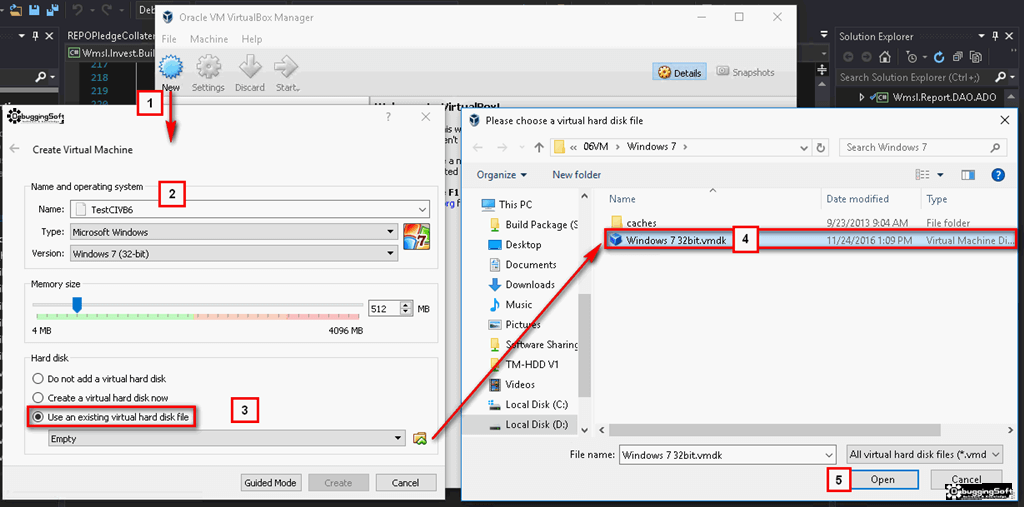
 However, after a time the rate of growth will slow and the average penalty for write operations will be negligible. Please note that I have found that it is important to add the format vdi flag to step 1: VBoxManage clonehd old.vmdk new.vdi -format vdi user8128167 at 18:29 For future reference, its shorter to do vboxmanage createmedium
However, after a time the rate of growth will slow and the average penalty for write operations will be negligible. Please note that I have found that it is important to add the format vdi flag to step 1: VBoxManage clonehd old.vmdk new.vdi -format vdi user8128167 at 18:29 For future reference, its shorter to do vboxmanage createmedium I tried also dd the USB stick to an image file and create the. usb.vmdk -format vmdk Now you have a usb.vmdk disk created from your bootable USB stick. While this format takes less space initially, the fact that VirtualBox needs to expand the image file consumes additional computing resources, so until the disk file size has stabilized, write operations may be slower than with fixed size disks. vmdk disk by converting the raw device (i.e. Converting the VMDK file to VHD From my research I found that the VBoxManage.exe tool which comes with VirtualBox can be used with ‘clonehd’ to specify the new format of the disk. This will initially be very small and not occupy any space for unused virtual disk sectors, but will grow every time a disk sector is written to for the first time, until the drive reaches the maximum capacity chosen when the drive was created. VMDK is an open format used by VMware and VirtualBox, as such we can make use of VirtualBox which is free to convert these files to VHD. Note that the creation of a fixed-size image can take a long time depending on the size of the image and the write performance of your hard disk.įor more flexible storage management, use a dynamically allocated image. So, for a 10G disk, you will have a 10G file. If you create a fixed-size image, an image file will be created on your host system which has roughly the same size as the virtual disk's capacity.


 0 kommentar(er)
0 kommentar(er)
